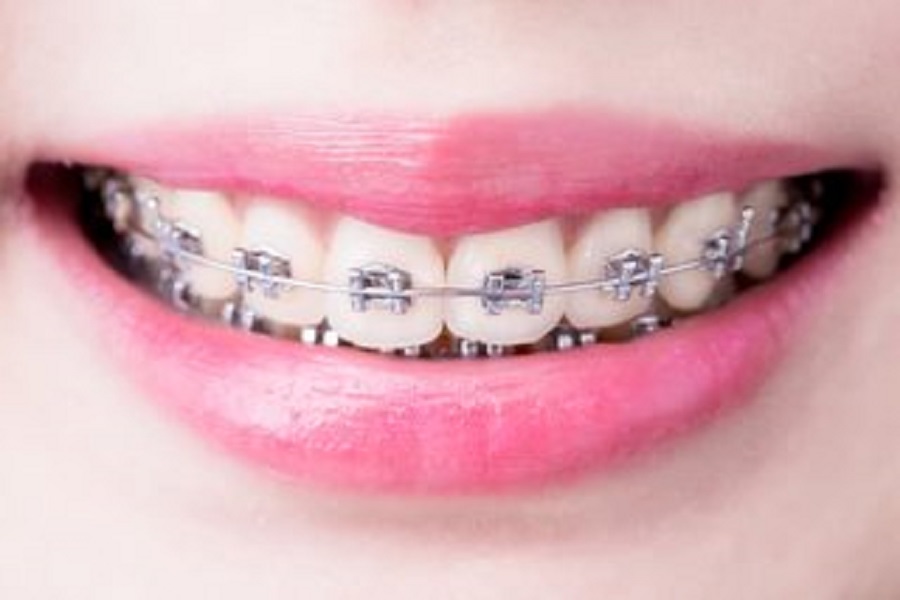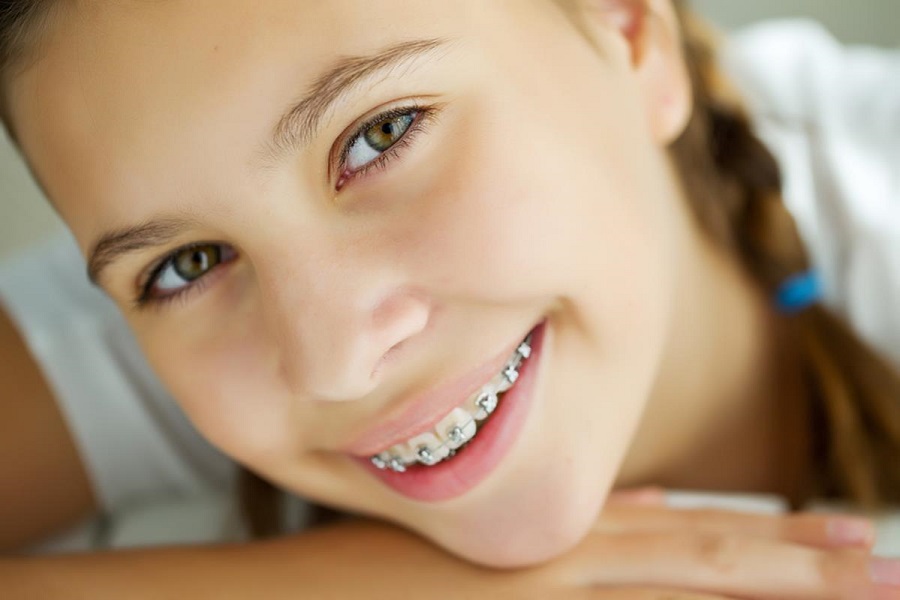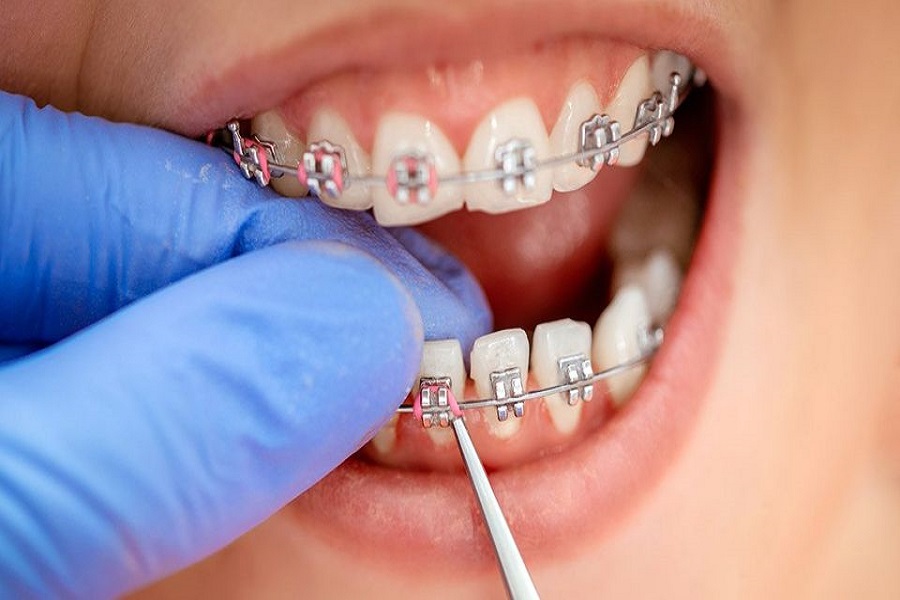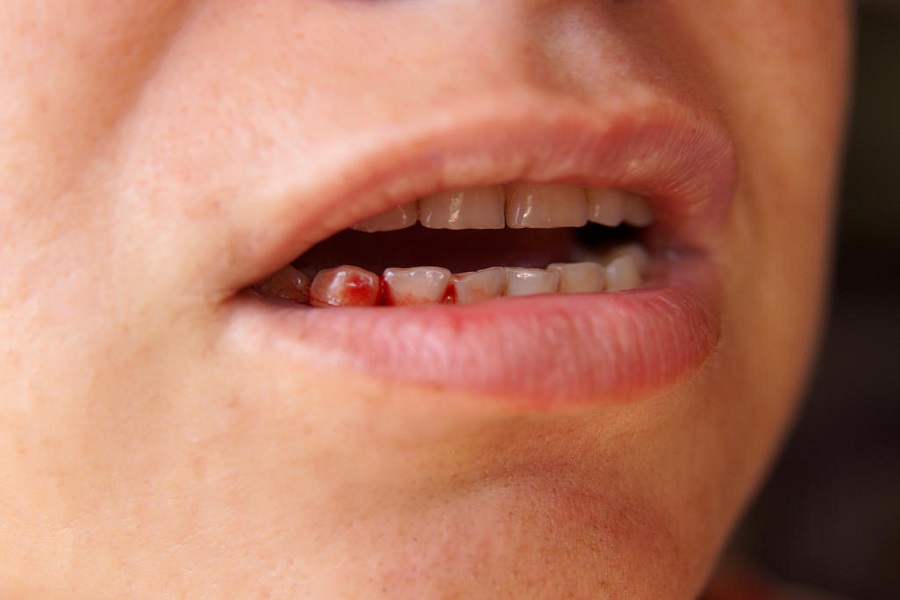“Bucked teeth” is the most common type of dental and maxillofacial deformity in the eastern race. Although it is not accompanied by serious functional impairment, it affects the appearance very much and can cause some diseases, which should be paid attention to.
Buck teeth affect the development of the craniofacial and maxillofacial areas: in the process of children’s growth and development, the teeth will affect the normal development of the soft and hard tissues of the maxillofacial region. If the anterior crossbite is not treated in time, the lower dental arch restricts the development of the premaxilla, and the mandible develops excessively forward without the coordination between the upper and lower dental arches, which results in the depression of 1/3 of the face and the mandibular protrusion deformity. With the severe malocclusion, the face presents a crescent shape.
Crooked teeth affect the health of the oral cavity: Too many teeth are prone to caries and periodontal inflammation due to the difficulty of self-cleaning. At the same time, periodontal damage is often caused by tooth dislocation. Crooked teeth affect oral function: Severe crooked teeth can affect the normal function of the oral cavity, such as abnormal pronunciation caused by the opening of the front teeth; severe mandibular retraction affects normal breathing. Crooked teeth affect the appearance: malocclusion such as broken teeth can affect the appearance, and may present deformities such as open lips and teeth, bimaxillary protrusion, upper and lower jaws or short chins.
Advertisements
The dangers of buck teeth
Advertisements
Related Posts
Popular Articles
Dr. Irfan Atcha Expands Elite Dental Implant Services to Florida
Dr. Irfan Atcha is expanding his renowned full-arch implant and cosmetic dentistry services to Florida, bringing that expertise to a...
Latest Posts
Tags
alveolar bone bad breath black teeth bleeding gums cold light whitening crooked teeth cure dental care dental implant dental implants Dental Insurance dentures discolored teeth disease gingivitis Gum Disease misaligned teeth oral disease orthodontic orthodontic care orthodontics orthodontic treatment periodontal disease periodontitis permanent teeth porcelain teeth teeth teeth cleaning teeth white teeth whitening teeth whitening methods Teeth Whitening Strips tooth tooth decay tooth extraction tooth filling ultrasonic cleaning underbite whitening whitening toothpaste white teeth wisdom teeth wisdom teeth extraction wisdom tooth yellow teeth

Panda Oral – oral and dental health consultants around you, providing orthodontic, tooth whitening, dental implants, scaling, filling, extraction, dental implants, dental caries, wisdom teeth, bad breath, bleeding gums, oral ulcers, periodontal disease for patients with dental diseases It can help you solve oral problems easily.【Contact us: [email protected]】
Recent News
Copyright © 2023 PANDA ORAL - Oral_Oral health_oral hygiene_oral care_dental health_dental oral surgery




























